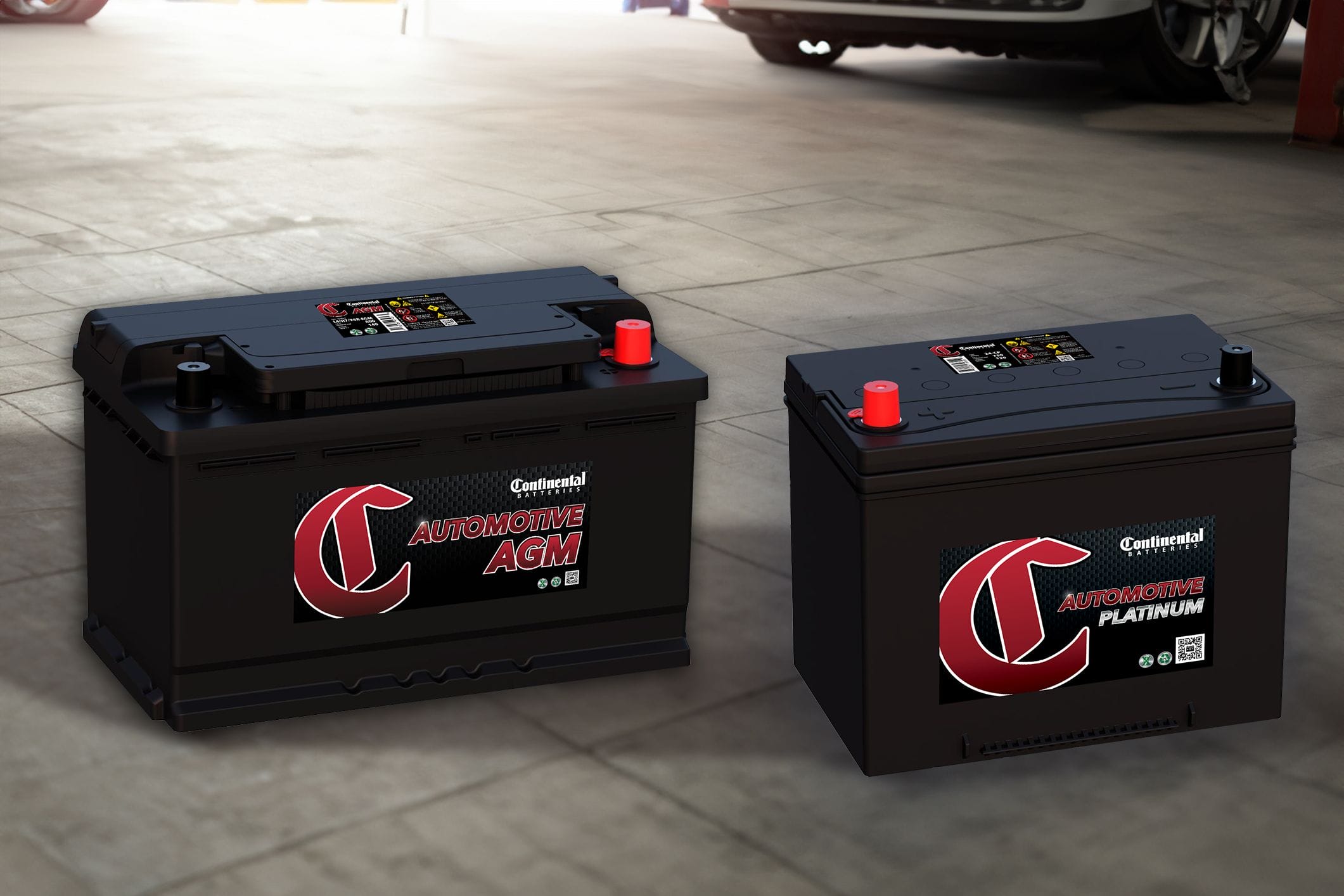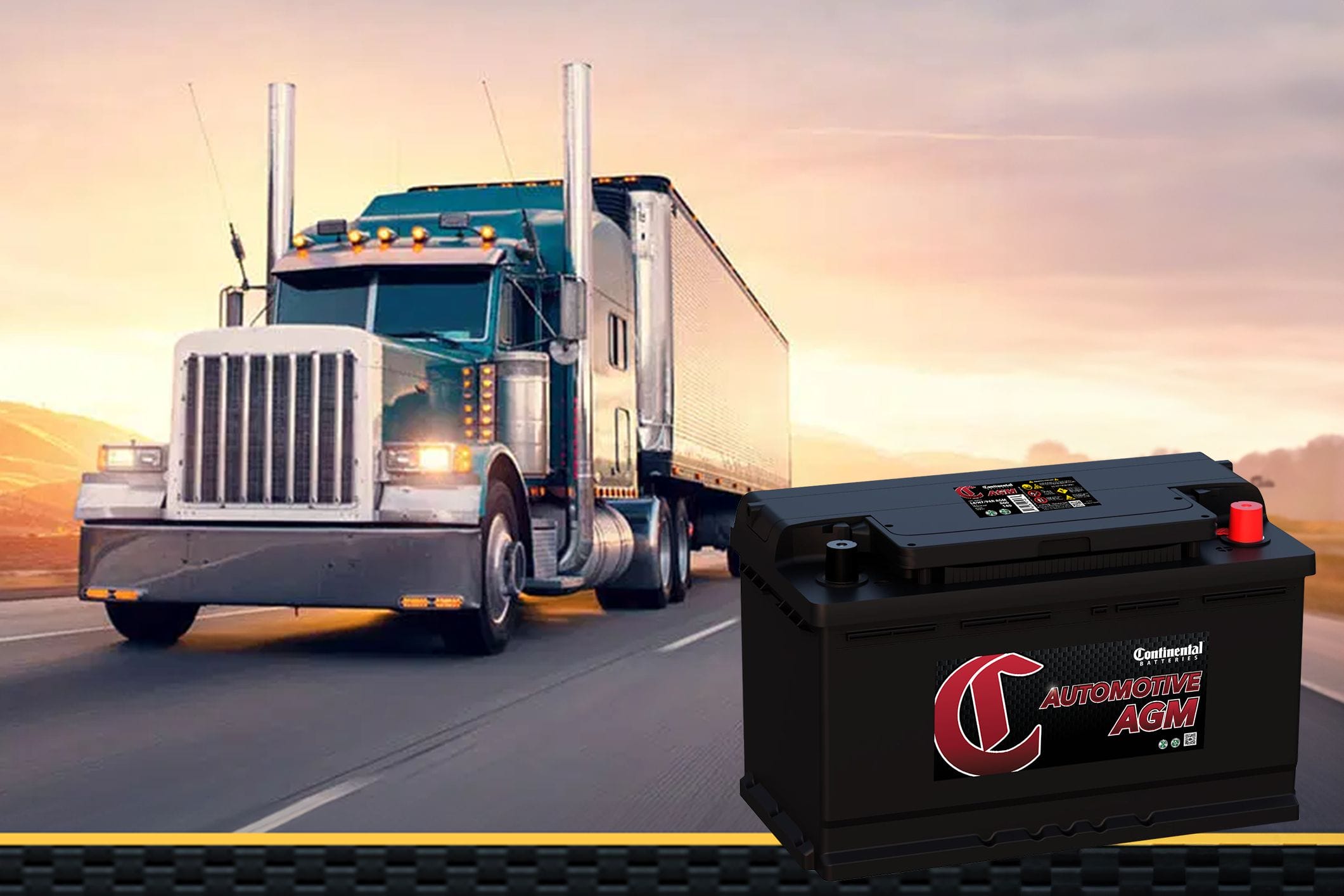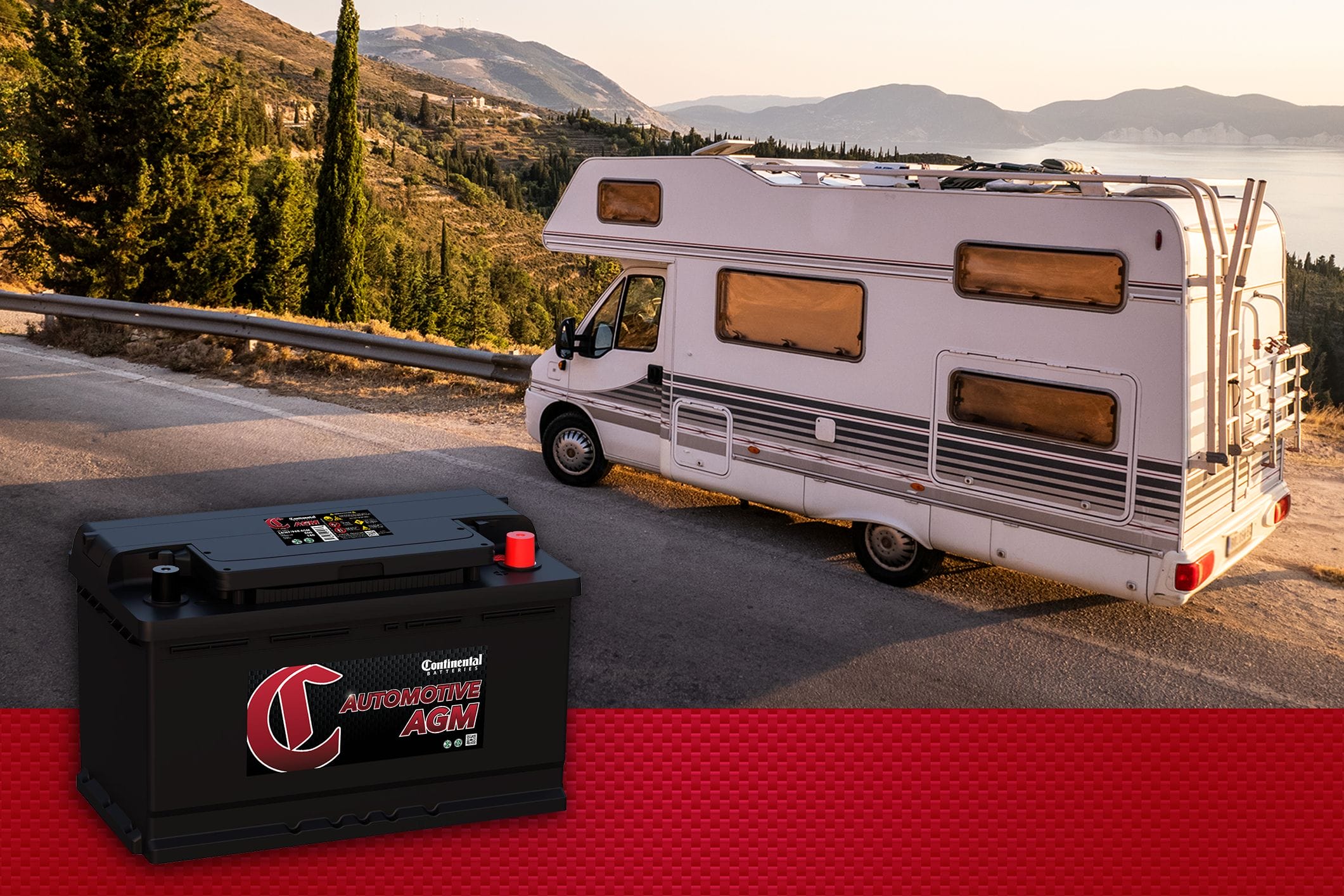
Most of your customers probably haven’t thought about their car battery — so when it’s time for a replacement, they may be surprised to learn there are options beyond the OEM model supplied by the manufacturer.
In this post, we’ll compare two popular battery types: conventional flooded lead-acid (FLA) and absorbed glass mat (AGM). Understanding the pros and cons of each, as well as ideal use cases for each, will help you make an informed recommendation to customers looking to power their vehicles with the best batteries available.
We’ll close out by answering a few common questions your customers may have about FLA vs. AGM batteries as you walk them through the decision-making process.
What Is a Lead-Acid Battery?
Let’s start by defining a few terms. Lead-acid refers to the primary components of the battery: lead and sulfuric acid electrolyte. Other battery chemistries use different active chemicals, like lithium ions, to produce and hold a charge.
Lead-acid battery technology pre-dates the invention of the automobile, but as cars evolved and began to require starter batteries in the early 20th century, the two became inextricably linked. Lead-acid batteries are still the standard for gas-powered vehicles around the world.
Automotive batteries, also known as starting batteries, are lead-acid batteries that supply power to the starter and ignition system of a vehicle to start the engine and to power internal computers and electronics.
Anatomy of a Lead-acid Battery
Lead-acid batteries are made of five basic components:
- Positive plates
- Negative plates
- Separators — usually a micro-porous polyethylene synthetic material
- Polypropylene container
- Electrolyte
The majority of automotive batteries are 12V lead-acid batteries. They contain six separate cells at two volts each. The cells are connected in series by welding connections through the cell partitions. Each cell contains an element or book consisting of stacked positive and negative plates. The battery is then filled with electrolyte (battery acid).

AGMs on the Rise
While conventional lead-acid batteries still make up the majority of automotive batteries, AGMs are gaining popularity. That’s because today’s cars — with high-tech touchscreens, backup cameras, set warmers and the like — have a lot more components that require electricity.
AGMs are designed to meet these electrical needs better than traditional batteries. Cars with start/stop technology require either AGM batteries or enhanced flooded batteries (EFB).
But that doesn’t mean every car should make the swap from FLA to AGM. There are benefits and drawbacks to each type of battery, and the type of battery you recommend to your customers will depend on their budget, needs and vehicle specifications.
FLA vs. AGM for Cars: Q&A
Your customers may have questions about if and when to swap out an OEM battery for a new flooded lead-acid or AGM model. We’ve compiled this list of frequently asked questions to help you guide them in the right direction.
How long do FLAs and AGMs typically last?
The lifespan of a battery will vary based on usage, maintenance and environmental conditions. Typically, lead-acid batteries can last between three and five years, while AGM batteries last between four and seven years with proper care and maintenance.
Can I replace an FLA battery with an AGM in my vehicle?
In most cases, yes. AGM batteries are designed to be compatible with vehicles that use lead-acid batteries. But remember, not all vehicles are designed to be compatible with AGM batteries. Always consult your vehicle’s manufacturer or a qualified technician to ensure battery compatibility and proper installation.
How do I know if my car requires (or already has) an AGM battery?
Check the label on your battery. It will indicate AGM if it is an AGM battery. If your car has start/stop technology, it’s likely already using an AGM battery or an EFB.
Why should I choose AGM over FLA?
Assuming your vehicle is compatible with the swap, there are a number of reasons to opt for AGM batteries for your car.
- More starts. You can typically get about 60,000 engine starts from an AGM battery. That’s about three times more than a conventional flooded lead-acid. This is ideal for newer cars with stop/start engines.
- Tougher battery. AGM batteries are built to withstand vibration. If your drives frequently take you over rough, bumpy terrain, an AGM may be a smart choice.
- High electrical loads. AGMs have a lower internal resistance, which allows for faster charging and higher power outputs. Today’s cars often need extra power to support all the added electronics.
I live in a cold climate. Is AGM a better choice for me?
AGMs typically have higher cold-cranking amp ratings, meaning they can withstand freezing temperatures better than conventional lead-acid batteries. The absorbed electrolyte in AGM batteries is also less likely to freeze than liquid electrolyte.
Can FLA and AGM batteries be recycled?
Yes, all lead-acid batteries are highly recyclable. In fact, almost all of the components that make up an AGM or FLA battery can be processed and turned back into usable parts, making lead-acid batteries the most recycled consumer good in the United States.
Be sure to dispose of AGM batteries at a recycling center or through a designated battery recycling program to prevent environmental contamination and ensure proper handling of hazardous materials.
The Best Battery for Every Application
When customers come to you for a replacement car battery, it’s important to take into consideration the vehicle type, budget and specific needs for maintenance and performance, as well as the vehicle’s electronic demands and operating conditions. Understanding the best use and key differences between AGM vs lead acid batteries will help you and them find the best battery for their vehicle.






